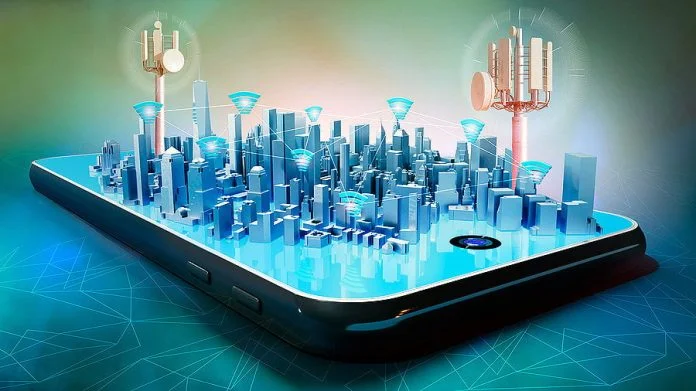5G and IoT: Revolutionizing Industries
 Omanudhowo Collins
Omanudhowo Collins
Introduction
5G isn't merely about faster mobile internet; it signifies a technological revolution sweeping across industries. One significant transformative area is the Internet of Things (IoT). This article explores how the convergence of 5G and IoT reshapes technology.
Understanding IoT
IoT is a network of smart devices equipped with sensors and connectivity, enabling data exchange from thermostats to industrial sensors, streamlining automation.
Current Wireless Challenges
Existing networks, such as 4G LTE, grapple with several hurdles when it comes to IoT:
Bandwidth Constraints: IoT's data-intensive operations strain existing networks, leading to delays.
Latency Issues: Real-time IoT applications, like self-driving cars, demand lower latency than what 4G consistently provides.
Device Density Challenges: IoT environments, spanning from smart cities to industrial systems, involve numerous interconnected devices that overwhelm 4G.
How 5G Enhances IoT
5G technology provides innovative solutions to these challenges:
Enhanced Bandwidth: 5G networks enable efficient data sharing among IoT devices, ensuring the seamless exchange of substantial data sets.
Ultra-Low Latency: A defining feature of 5G, ultra-low latency, is crucial for real-time IoT applications such as self-driving cars.
Extensive Device Connectivity: 5G supports a high density of connected devices, a fundamental requirement for IoT growth.
Impact on Industries
The synergy between 5G and IoT revolutionizes various industries:
Healthcare: 5G's low latency and reliability enable remote surgery and enhanced telemedicine.
Manufacturing: IoT sensors empowered by 5G offer real-time machinery control, reducing downtime and boosting efficiency.
Transportation: Autonomous vehicles find an ideal ally in 5G's low latency and high bandwidth.
Smart Cities: 5G-powered IoT transforms cities, optimizing traffic, managing energy, and enhancing safety.
Agriculture: Precision agriculture becomes more efficient with IoT sensors monitoring soil conditions and crop health using 5G connectivity.
Overcoming Challenges
However, the promising synergy between 5G and IoT presents challenges:
Security Measures: As the number of connected devices grows, robust security is vital to safeguard IoT ecosystems.
Balancing Privacy: Striking the right balance between data collection for improved services and user privacy is a complex challenge due to the vast data generated by IoT devices.
Infrastructure Investment: Widespread 5G implementation demands substantial infrastructure investments, necessitating government and telecom provider collaboration.
Conclusion
In conclusion, the convergence of 5G and IoT signifies a transformative moment in technology. Enhanced bandwidth, ultra-low latency, and support for massive device connectivity offered by 5G networks unlock IoT's potential across diverse industries. From healthcare to manufacturing to smart cities, this synergy fosters innovation and efficiency on an unprecedented scale. As 5G networks expand and IoT applications proliferate, we stand on the brink of an era defined by possibilities that were once the stuff of dreams.
Subscribe to my newsletter
Read articles from Omanudhowo Collins directly inside your inbox. Subscribe to the newsletter, and don't miss out.
Written by

Omanudhowo Collins
Omanudhowo Collins
I am a backend nodeJs developer and a technical. I love writing about interesting topics and technical concepts.